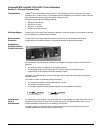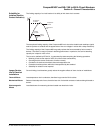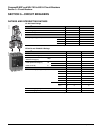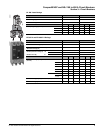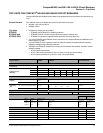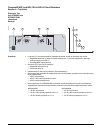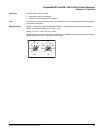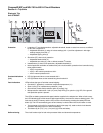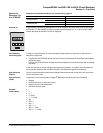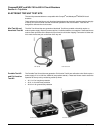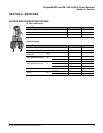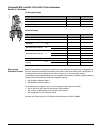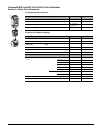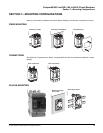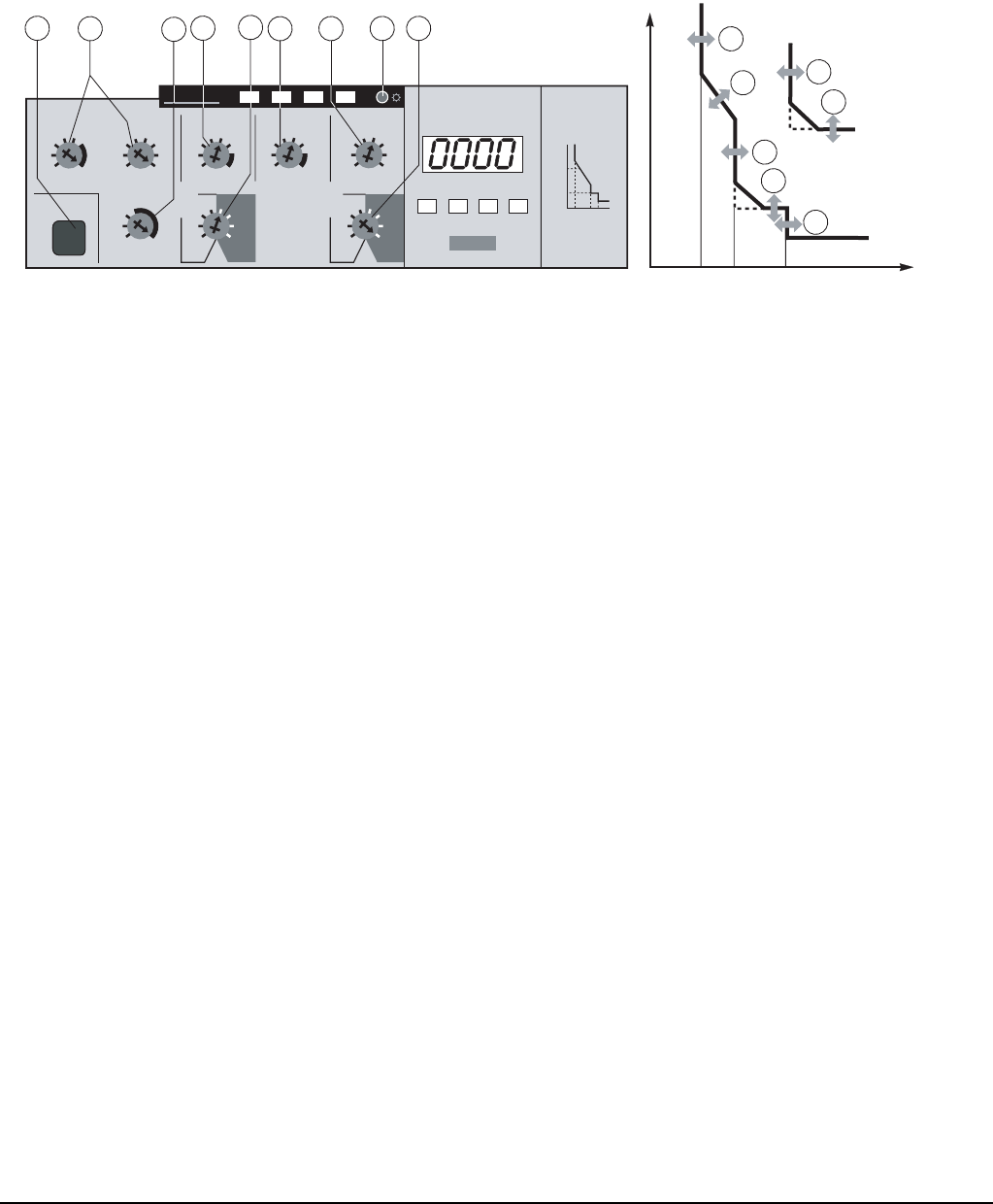
Compact® NSF and NSJ 150 to 600 A Circuit Breakers
Section 4—Trip Units
© 1995–2003 Schneider Electric All Rights Reserved
14
Electronic Trip
Unit STR53UP
Protection • Long-time (LT) overload protection, adjustable threshold, based on actual rms current, as defined
by IEC 947-2, appendix F
— Adjustable threshold (1) using six lo base settings (0.5–1) and fine adjustment Ir with eight
settings ranging from (0.8–1)
— Adjustable tripping time (2)
• Short-time (ST) short-circuit protection
— Adjustable threshold Isd (3)
— Adjustable time delay (4), with or without constant I
2
t function
• Instantaneous (Ii) short-circuit protection, adjustable threshold (5)
• Neutral protection available on standard four-pole circuit breakers; protection level controlled using
three-position switch
— 4P 3D: no protection
— 4P 3D + N/2: neutral protection at 0.5 Ir
— 4P 4D: neutral protection at Ir
Overload Indications
(%Ir)
• LED (9) lights solid when current exceeds 0.9 Ir
• LED (9) flashes when current exceeds long-time threshold Ir
Fault Indications LEDs indicate the type of fault that caused tripping:
• Overload (LT protection) or abnormal component temperature (>Ir)
• Short-circuit (ST or instantaneous protection) (>Isd)
• Ground-fault (if earth-fault protection option is present) (>Ig)
• Microprocessor malfunction—both (>Ir) and (>Isd) LEDs go on, plus the (>Ig) LED, if the ground-
fault protection option is present
The LEDs are battery powered with spare batteries supplied in the adapter box. When a fault occurs,
the LED indicating type of fault shuts off after approximately 10 minutes to conserve battery power. The
fault data is stored in memory and the LED can be re-illuminated by pressing the battery/LED test
button (9). The LED automatically goes off and memory is cleared when the circuit breaker is reset.
Test
• Test connector in front (8) for connection to test kit (see page 16); used to check circuit breaker
operation after fitting trip unit or other accessories
• Test button (9) for (%Ir), (>Ir), (>Im) and (>Ig) LEDs and battery
Self-monitoring The circuit breaker trips for both microprocessor faults and abnormal temperatures.
> Ih
> Im
> Ir
μ P
test
STR 53 UP
Io
x In
-
test
+
3
1
2
4
5
(s) @ 6 Ir
.3 .3
.2
.1
0
.2
.1
0
on
I
2
t
off
.90.93
.95
.98
1
.88
.85
.8
.8
.9
1
.7
.6
.5
1
.5
.6
.7
.8
1
.4
.3
.2
x Io
Ir
Isd
x Ir
Ii
x In
Ig
x In
tr
tsd
(s)
.4 .4
.3
.2
.1
.3
.2
.1
on
I
2
t
off
tg
(s)
%Ir >Ir >Isd >Ig
A
In I1 I2 I3
IsdIr li
tr
tsd
6
9
8
8
4
2
0,5
4 5
6
7
7
3
2
1.5
4 6
8
9
9
3
2
1.5
Ir Isd I
I
t
0
8
7
1
2
3
4
5
6
7
06153067



